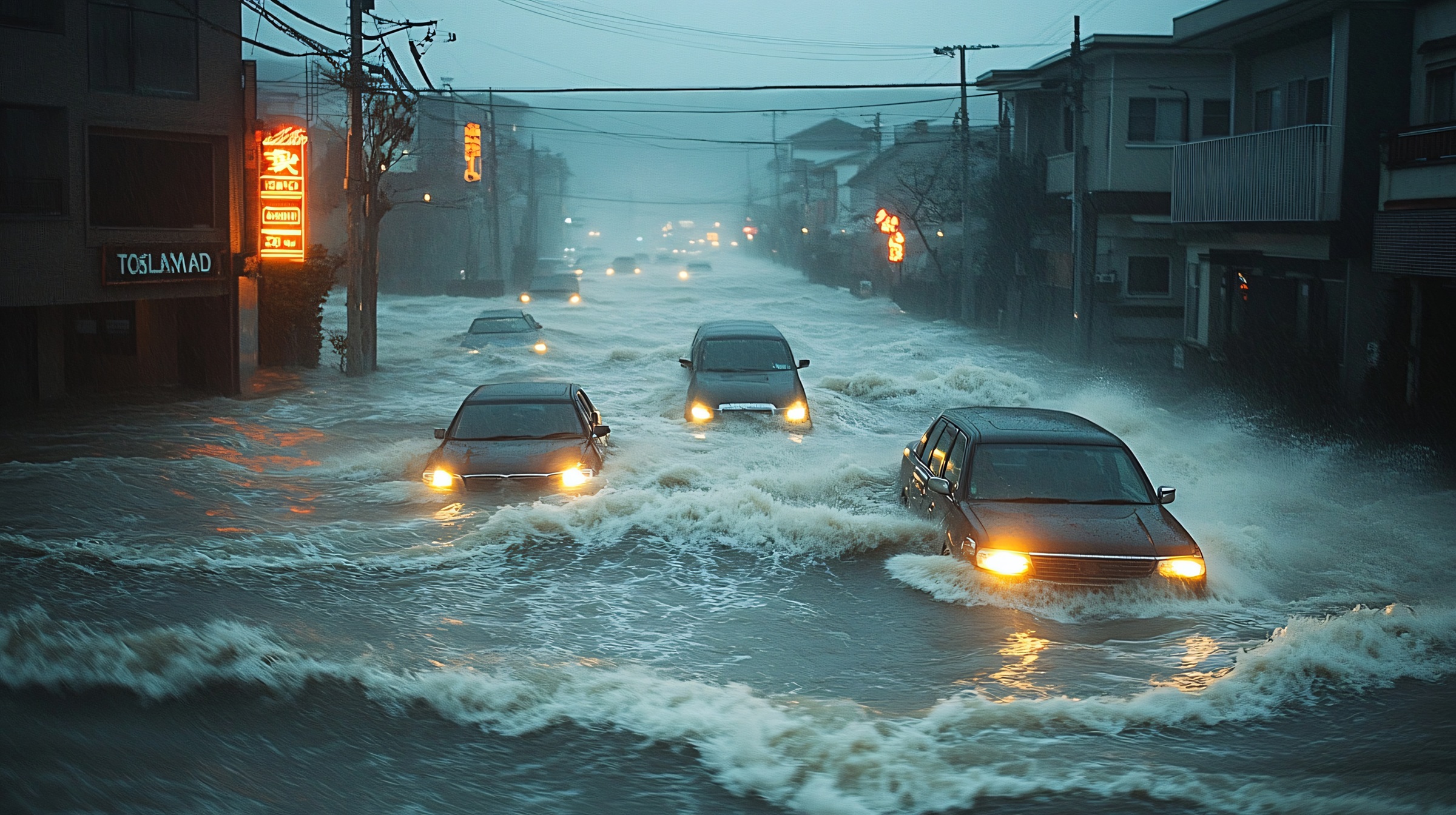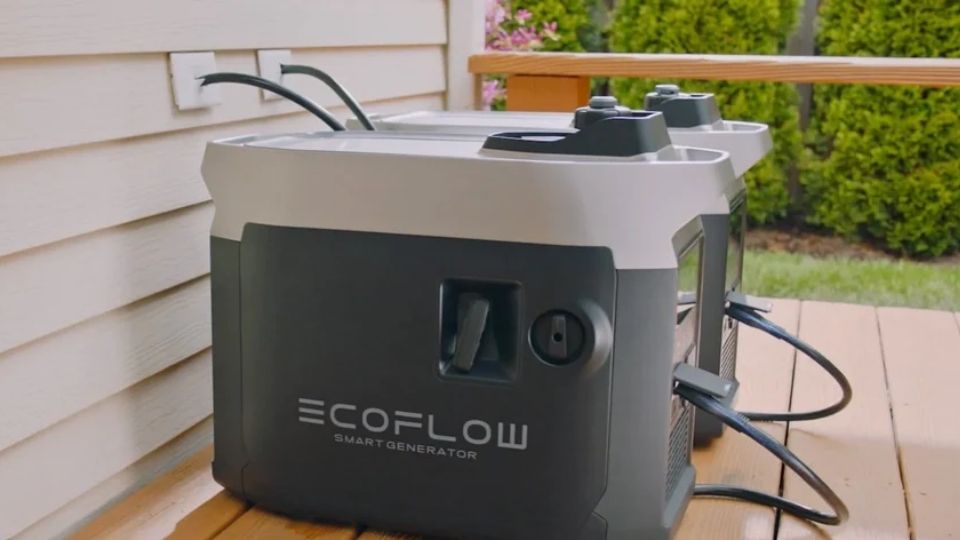Southeastern Queensland Floods: How to Prepare for It
Southeastern Queensland floods have had a long-lasting effect on this region. Severe rain, storm systems, and complicated climate causes these floods. Knowing the reasons behind them helps people get ready more for future occurrences. Preparing for it depends on where to get real-time flood alerts and drawing lessons from past flood occurrences.
What Causes Flooding in Southeastern Queensland?
Southeast Queensland experiences flash flooding due to heavy rainfall caused by unusual weather patterns. These patterns can produce intense rain over short periods, placing immense strain on stormwater systems, streams, and rivers. The natural landscape of the region, combined with rapid urban development, contributes significantly to the flood risk.
Urban growth in flood-prone areas has disrupted natural drainage systems and increased surface runoff. As a result, water accumulates more quickly, especially when the soil is already saturated or river levels are high. In such conditions, even moderate rainfall can lead to severe flooding.
Coastal areas face additional risks from storm surges and high tides during extreme weather events, which can lead to inundation from the sea. Climate change further amplifies these risks by increasing the frequency and severity of extreme weather.
Ultimately, it is the combination of intense rainfall, altered landscapes, and climate-driven instability that makes Southeastern Queensland particularly vulnerable to both riverine and flash flooding.
Where to Find Southeastern Queensland Flood Warning?
Knowing in advance can help during flash flooding Queensland situations. During severe weather, various official sources and internet platforms offer real-time updates, forecasts, and safety recommendations.
Bureau of Meteorology (BOM)
The Bureau of Meteorology issues flood warnings. Their site has radar, alarms, and detailed flood forecasts. You can search for Queensland flood watch zones, rainfall, and river levels. For instant flood warnings, download the BOM Weather mobile app.
Queensland Government Disaster Dashboard
This dashboard gives regional weather crisis updates, including Southeastern Queensland flood advisories. It shows road closures, evacuation routes, and weather alerts using local council and emergency service data. It's easy to use and updated during major weather occurrences.
Local Council Websites and Alerts
Southeastern Queensland councils like Brisbane City and Gold Coast send SMS and email alerts for local crises. Their sites often contain live updates, sandbagging areas, and community safety measures.
Queensland Fire and Emergency Services (QFES)
Queensland Fire and Emergency Services (QFES) provides flood advice and real-time reports. Their alerts highlight safety, evacuation, and preparation.
ABC Emergency and Radio Updates
ABC Emergency is another reliable flood alarm and emergency media source. Local ABC radio stations can keep you informed during power or internet disruptions.
Monitoring these channels frequently throughout storm season will assist you to react fast and be safe if flooding endangers your location.
History of Severe Floods in Southeastern Queensland
Long-term floods have devastated southeastern Queensland. The region's subtropical climate and river systems have caused frequent floods for a century. These Australia queensland floodingcalamities have changed communities and infrastructure and raised flood management concerns.
The 1974 Brisbane Flood
In January 1974, Tropical Cyclone Wanda crossed the Queensland coast near Maryborough, leading to days of torrential rain. This resulted in the Brisbane River overflowing its banks, causing widespread flooding in Brisbane and the surrounding areas. The floodwaters destroyed thousands of homes and resulted in 16 fatalities.
The 2011 Flood Disaster
In January 2011, intense rainfall led to severe flooding across Southeastern Queensland, notably affecting the Lockyer Valley and Brisbane. The flooding resulted in 23 deaths in the Lockyer Valley and one in Brisbane. Approximately 56,200 insurance claims were filed, with payouts totaling around $2.55 billion.
2022 Southeast Queensland Floods
From late February to early March 2022, Southeastern Queensland experienced significant flooding due to prolonged heavy rainfall. Cities such as Brisbane, Gympie, and the Sunshine Coast were severely affected. Some areas received more rainfall in a week than they typically would in a year, leading to the destruction of thousands of homes and multiple fatalities.


How Do Southeastern Queensland Communities Handle Flooding?
Southeastern Queensland communities have strong flood management systems. Local governments, emergency services, and communities collaborate before, during, and after floods to minimise damage and recover swiftly.
Early Warning and Preparation
Local governments prepare by checking weather alerts and flood forecasts. Many trustworthy sources like the Bureau of Meteorology and local municipalities keep you informed. Residents should have evacuation routes and emergency kits during floods. To protect doorways and drains during storm season, councils often provide complimentary sandbags.
Community Response During Floods
Local emergency authorities coordinate flooding rescues and safety protocols. State Emergency Service (SES) and other volunteers to shelter flood victims. Radio stations and social media report evacuations, road closures, and shifting situations.
Post-Flood Recovery and Support
Volunteers, local municipalities, and state government programmes help clean up after floodwaters. To aid recovery, financial, mental health, and rebuilding awards are routinely provided. Shared experiences build community resilience, and many neighbourhoods help each other during recovery.
Long-Term Planning and Infrastructure
Continuous infrastructural upgrades lessen flood damage. Improved stormwater systems, flood barriers, and zoning restrictions that prevent building in high-risk locations are included. Councils also promote flood-safe behaviour through public education.
How to Prepare for Future Floods?
Preparing for floods involves more than only evacuation strategies and sandbags. During a crisis, having a consistent power and communication supply is equally vital. These three clever strategies can help you prepare for the next flood in Southeastern Queensland.
Create a Comprehensive Emergency Kit
Assemble an emergency kit that includes essentials such as non-perishable food, water, medications, a flashlight with extra batteries, a first-aid kit, and important documents in waterproof containers. Having these items readily available ensures you can respond effectively during a flood emergency.
Develop an Evacuation Plan
Establish a clear evacuation plan that includes multiple routes to safe locations, especially if your primary route becomes impassable. Share this plan with all family members and practice it regularly to ensure everyone knows what to do during a flood.
Stay Informed About Flood Warnings
Regularly monitor weather forecasts and flood warnings from reliable sources such as the Bureau of Meteorology and local emergency services. Consider subscribing to emergency alert systems to receive timely updates about potential flood events.
Elevate and Seal Critical Areas in Your Home
Elevating essential goods during flash floods gives you peace of mind. Raise electronics, outlets, and precious furnishings above flood levels. Protect your property from water backup by waterproofing lower walls, sealing basement vents, and placing non-return valves on drains. Flood-prone neighbourhoods benefit from these home modifications, which minimise insurance claims and repair costs.
Use a Portable Power Station for Short-Term Electricity
When transformers fail or lines are destroyed, major floods cause frequent power disruptions. For this purpose, the EcoFlow DELTA Pro Portable Power Station is a good option. It can run medical equipment, communication devices, and household items with a 3600W–7200W AC output. Its robust construction and long-lasting 3,500-cycle battery make it a dependable emergency backup.
You can also adopt various home emergency power supply solutions such as home batteries and UPS for home use, to ensure that you still have lighting, entertainment facilities and communication tools during severe floods.


Conclusion
Southeastern Queensland floods are caused by poor urban drainage, tropical weather, and heavy rain. Though a well-prepared society can reduce the effect, these calamities have traditionally done great harm. The Bureau of Meteorology, local governments, and emergency services provide vital information. Utilising resources and being prepared helps you and your family be safe during floods.
FAQs
Where is it flooded in QLD?
Flooding in Queensland is likely to happen in interior and coastal regions. Areas often affected include Brisbane, Ipswich, the Gold Coast, the Sunshine Coast, and the Lockyer Valley. River catchments like the Brisbane, Fitzroy, and Burnett ones are particularly flood-prone. Urban locations whose drainage systems are overburdened by severe rain experience flash flooding as well.
When is flooding most likely to happen in Southeastern Queensland?
The rainy season is when flooding in Southeastern Queensland is most likely to happen. Between November and April, severe rain and tropical cyclones frequently occur. More frequent and severe rain events raise the flood risk during La Niña years. During these months with frequent heavy rains, it is crucial to keep yourself well-informed and ensure that the household portable power station is available for timely response and safety.
What should I include in a flood emergency kit?
A flood emergency pack should include bottled water, non-perishable food, a flashlight, batteries, first-aid supplies, medications, waterproof document bags, and phone chargers. Bring hygiene supplies, a battery-operated radio, spare clothes, blankets, and batteries. Provide evacuation routes and emergency contacts on paper. Store everything, especially documents and other objects, in a waterproof container.